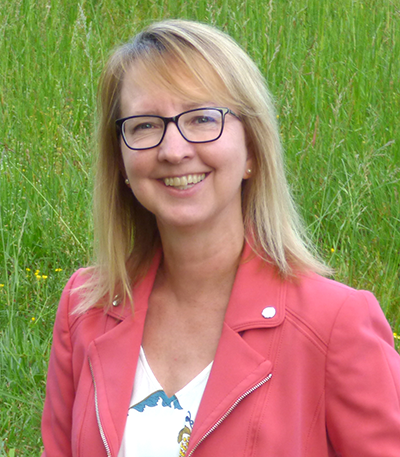Subtitled: Living and working in an age of longevity
Wow – two great books in a row! The last one was “Wisdom at Work” – check out that review if you haven’t already – and now this one! Both are excellent resources for those of us looking to increase our well-being and impact as we enter mid-career and mid-life. These two books absolutely debunk the myths that we’re too old to do anything new or different, that we have less to contribute as we age. In fact, after reading these two books, I see that it’s IMPERATIVE for us to do new things, to shift our careers, to create our own ways to contribute.
As you can probably tell, this book has me fired up. The research these two authors did themselves and that they pulled in from other studies is just amazing – really highlights how important it is for each of us to look beyond the traditional stages of life and create a new path for our longer lives.
From the title, we see the authors are already creating a new paradigm – the 100-year life. Their core premise is that most of us have an excellent chance of living longer. Longer than previous generations – and that pattern will likely continue – generations behind us will also live longer. Longer lives then mean our traditional three-stage life of education, work, retirement will not be – and already isn’t – sustainable.
The authors make the case that we need to adopt multi-stage lives – ones in which our education, work and personal lives are more integrated and non-linear…. if we want our longer lives to be a blessing instead of a curse that is. If the traditional stages of life are education, work then retirement, the new stages might be described as:
- Explorer
- Independent producer
- Work for an employer
- Transitions
- Portfolio (various, smaller, collected activities)
- Retirement
It’s key for us to embrace a more flexible multi-stage life, which is less linear than the traditional one, where we spent time in education, then went into a work stage, then retirement. Longer lives mean this approach would have us spending more time in either or both of the working and retirement stages. And those scenarios carry many challenges in themselves. But if we embrace a non-linear approach, expecting and planning for more transitions, as well as expecting and planning various stages and types of working and learning, then we’ll lessen the pressure of having longer traditional working and retirement stages.
I could spend the rest of this takeaway just on this one aspect of the book, but there are so many more takeaways and I’ve got to also mention at least one more…. a big one for me and my clients: intangible assets.
In traditional life planning, we often look at tangible assets (our home & investments) – the authors show us the importance of intangible assets, which they describe as:
- Vitality assets such as health, well-being, friendships
- Transformational assets such as self-knowledge & diverse networks
- Productive assets such as knowledge, reputation, peers
The authors show us these intangible assets are just as important as tangible assets. The stronger – or richer as it were – our intangibles are the more likely we’ll experience our longer lives as a blessing, not a curse. And I definitely see this in my clients as they move through my program and workshops – as they gain more self-knowledge they become more confident and resilient (among other benefits) which absolutely helps them weather transformations more smoothly.
So I feel like I’ve just barely scratched the surface of The 100-year Life, but I also want these reviews to be snack-able, so I’ll end it here with the recommendation to read this book if you also want your longer life to be less of a curse and more of a blessing! And once you read it, let me know what your top takeaways are!
